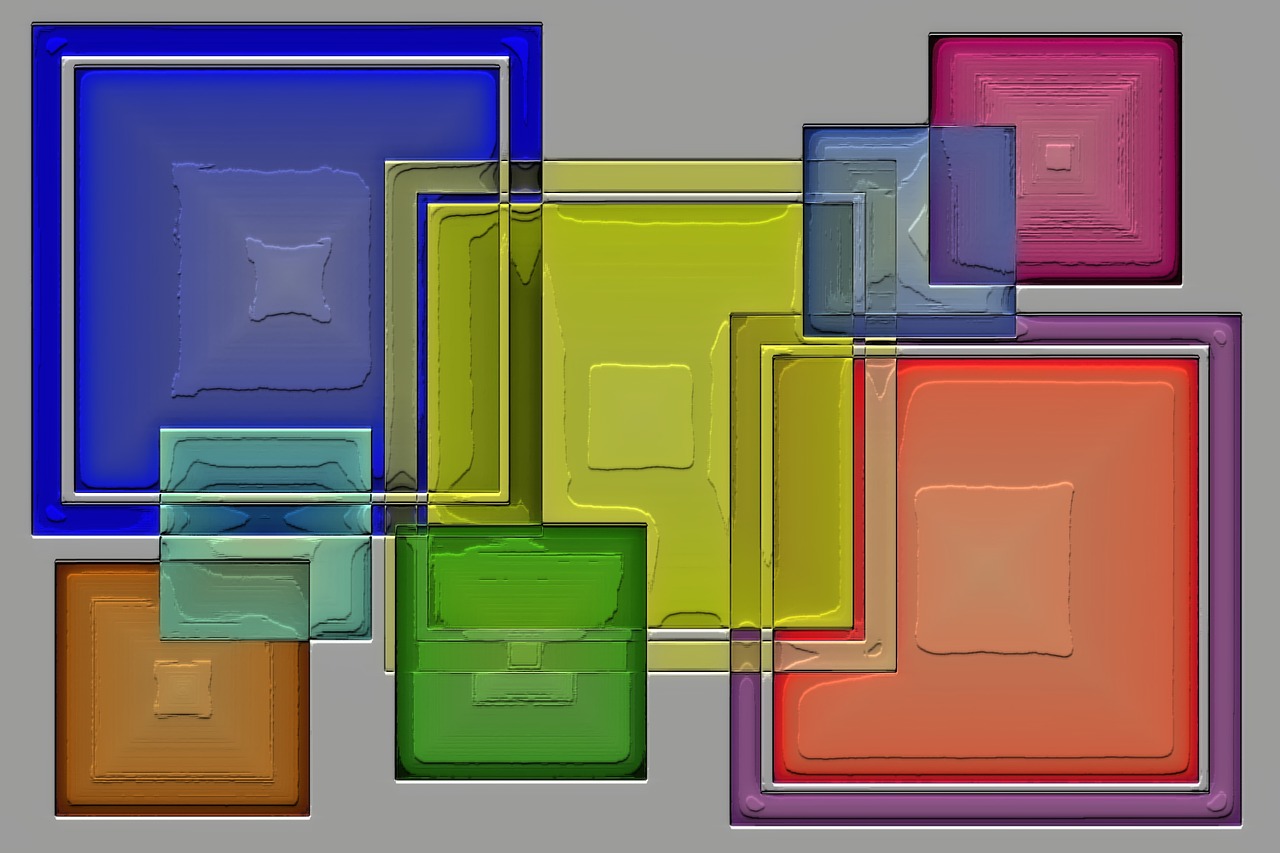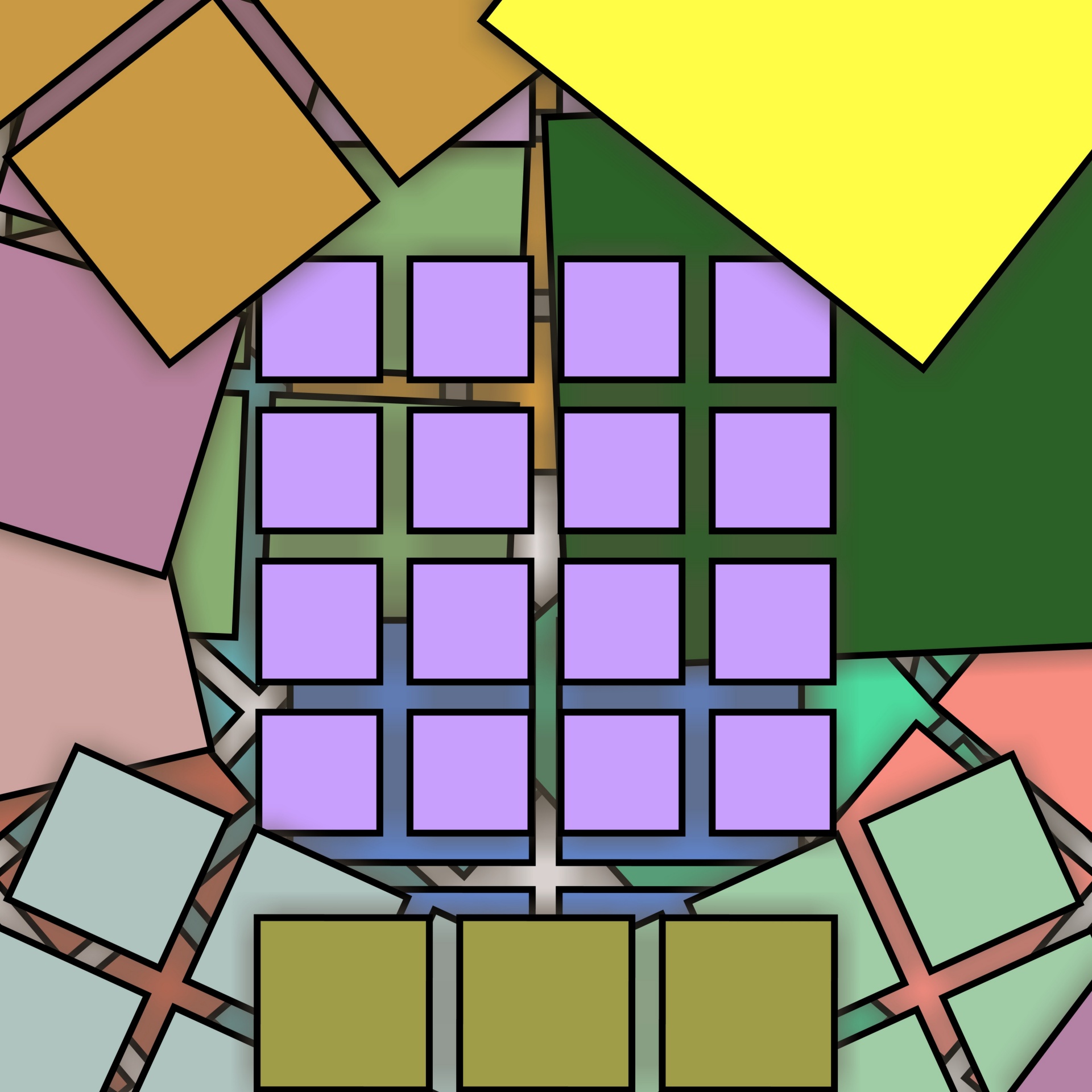Pattern Recognition

Hofstadter's Law: It always takes longer than you expect, even when you take into account Hofstadter's Law.
~Douglas Hofstadter
On things that take way longer than you expected
Some skills take a long time to develop. One life-long musician that I know gives his students the following wisdom: "In about a year's time, you're going to sound pretty good; in about ten year's time, you'll master your instrument." Setting these very long timelines gives students a metric by which to compare their progress. Many people who take up learning an instrument want to be able to play a song within a few days; some even expect it on the first day. But this is not the way things go. And so expectations like those lead to premature frustration and ultimately to giving up on the whole enterprise. Moderating their expectations would've made all the difference.1
The same goes for adapting to higher levels of study in mathematics, computer science, and logic. Proving theorems and problem solving in these fields is often not the kind of thing you do in an afternoon. Some proofs can take days; others can take years. As you are learning the discipline of logic, however, you may be discovering that even the first steps in this field are challenging.
This is why I'd like to emphasize here that you do your "reps". I insist that going back and doing the same problems again (and again) will reinforce the skills that you need to move forward. Just like powerlifters don't deadlift 700lbs once in their life and say, "There I did it", you should similarly not just solve a problem once and think to yourself, "I'm done here." Core concepts should be regularly reviewed. Challenging problems should be worked out again, until you understand it so well that you can explain it to a classmate. In the very challenging problems of Unit III, you should solve the problems and then see if there's a second way to solve it. And then a third...
And so, I'm recommending that you do two things again in this lesson. One, go over the Food for Thought from the last lesson one more time. Two, re-do the practice problems from last time. I've provided an answer key below.

Food for thought...
Practice Problems
Translations
Directions: Translate the following English sentences into TL using obvious letters for the sentence constants, e.g., use "S" for "Samantha is a singer."
- Either Samantha is a singer or Juan is a guitar player.
- Jaclyn knows sign language and Jason has a dog.
- If Olie plays video games then Irazema is a chef.
- Hugo has a pet banana if (and only if) Patricia is married to Tim.
- If Amanda is a bartender, then RCG is a patron and Anabelle is the hostess.
- Either Tomás lives in Seattle and Lucía lives in Denver, or Tomás lives in Seattle and Mauricio lives in Cancún.
- It’s definitely not the case that Lucía lives in Denver and at the same time Mauricio lives in Cancún.
- If Sarah makes chicken pot pie then Lisa will make martinis.
- If Lisa makes martinis, Sarah will make chicken pot pie.
- It’s not true that it’s not the case that Angie is an atheist.
Identifying the Main Operator
Directions: Identify the main operator in the following:
- ~[(O ∨ I) ⊃ (H ≡ P)]
- (~U & ~I)
- (([V ≡ J] & [D ≡ E]) ∨ [K ⊃ C]) ⊃ A
- ~[(O ∨ M) ⊃ (T ≡ M)]
- [(T & L) ∨ (T & M)] & ~[(L & M) ∨ Q]
- ~~~~~~O

Some possible translations
- S ∨ J
- J & D
- O ⊃ I
- H ≡ P
- A ⊃ (R & H)
- (T & L) ∨ (T & M)
- ~(L & M)
- S ⊃ L
- L ⊃ S
- ~~A
Identifying the Main Operator
The main operator is underlined
- ~[(O ∨ I) ⊃ (H ≡ P)]
- (~U & ~I)
- (([V ≡ J] & [D ≡ E]) ∨ [K ⊃ C]) ⊃ A
- ~[(O ∨ M) ⊃ (T ≡ M)]
- [(T & L) ∨ (T & M)] & ~[(L & M) ∨ Q]
- ~~~~~~O

Question: How do we assess for validity in truth-functional logic?
Stoic methods of assessing for validity
We will be covering multiple ways of assessing for validity using TL. Let's begin with the ancient method of the Stoics: pattern recognition. The Stoics, through their research, discovered certain “patterns of reasoning” that are always valid. If one were to memorize these patterns and train oneself to recognize these "in the wild", so to speak, then one can recognize valid arguments. Relatedly, there are also certain patterns that are actually always invalid. And so one can come to know very quickly whether an argument is valid or invalid by identifying the underlying pattern of the reasoning.
Let's put labels on these ideas. A valid argument form is an abstract pattern of reasoning that an argument can take, regardless of the subject matter, that is always valid. A formal fallacy is an erroneous pattern of reasoning where the fault hinges on the logical words and how they connect the propositions. In other words, formal fallacies are poorly formed arguments in that their structure itself is flawed. We'll have more to say on that later.
Valid argument forms
Modus Ponens and Modus Tollens
A modus ponens is an argument that begins with a conditional and then reaches a conclusion by affirming the antecedent. Using "P" and "Q" to represent metavariables that can range over any simple or compound sentences and using the "∴" symbol as a conclusion indicator (like "therefore"), the basic structure of a modus ponens is as follows:
- P ⊃ Q
- P
- ∴ Q
A modus tollens is an argument that begins with a conditional and then reaches a conclusion by denying the consequent. Again, using "P" and "Q" to represent metavariables that can range over any simple or compound sentences, the basic structure of a modus tollens is as follows:
- P ⊃ Q
- ~Q
- ∴ ~P
These are actually very common forms of reasoning, even if people don't realize the underlying reasoning when they use these argument patterns. For example, here's an argument about why we need to mow the lawn.
- We had said that if it is sunny, then we will cut the grass.
- It is sunny.
- ∴ We will cut the grass.
The first premise is a conditional with "It is sunny" in the antecedent position and "We will cut the grass" in the consequent position. Then the argument moves forward by affirming the antecedent; in other words, it is affirmed that it is in fact sunny. And so, the argument rightfully concludes that the consequent must be true: we will cut the grass.
Sometimes students think that only simple sentences can occupy the place of the antecedent and consequent. This is not the case. In fact, whenever you find a conditional (a formula of TL where the ⊃ is the main operator), no matter how long it is, and you also have the antecedent by itself (the part to the left of the ⊃), then you have a modus ponens. For example:
- We had said that if it is sunny, and we're feeling energized, and we have a babysitter, then we will cut the grass, do laundry, and get groceries.
- It is sunny, and we're feeling energized, and we have a babysitter.
- ∴ We will cut the grass, do laundry, and get groceries.
In this case, we have a conditional in premise 1 with a conjunction embedded in a conjunction in the antecedent position as well as the consequent position. Translating to TL would make premise 1 looks something like this: "((S & E) & B) ⊃ ((C & L) & G)". Premise 2 is "(S & E) & B", which is the part to the left of the horseshoe. The conclusion is "(C & L) & G"—the part to the right of the horseshoe.
Modus tollens is very similar to modus ponens except that you deny the consequent and derive the negation of the antecedent. Here's an example:
- If the store is open, the lights will be on.
- The lights are not on.
- ∴ The store is not open.
Again, we begin with a conditional. In symbols it would be "O ⊃ L". We then deny the consequent, the part to the right of the horseshoe (plus a tilde). In symbols, this is "~L". Finally, we derive the negated antecedent, the part to the left of the horseshoe (plus a tilde). In symbols: "~O". Just like with a modus ponens, a modus tollens can have very large antecedents and very large consequents, but as long as it is still a conditional, the negation of the consequent, and the negation of the antecedent as a conclusion, then it is a modus tollens. For example:
- (([V ≡ J] & [D ≡ E]) ∨ [K ⊃ C]) ⊃ (~U & ~I)
- ~(~U & ~I)
- ∴ ~(([V ≡ J] & [D ≡ E]) ∨ [K ⊃ C])

Disjunctive Syllogisms and the "Not Both" Form
A disjunctive syllogism is an argument that begins with a disjunction, then draws a conclusion by denying the truth of one of the disjuncts. In symbols:
- P ∨ Q
- ~P
- ∴ Q
Just like the other valid argument forms, disjunctive syllogisms can take many forms. The disjuncts could be simple sentences or very long compound sentences. What matters is that the main operator is a wedge. If you have that, plus a negation of one of the disjuncts, you can derive the other disjunct as a conclusion. For example:
- We’ll eat at Dick’s Drive-In or we’ll eat at Spud’s Fish and Chips.
- We will not eat at Dick’s Drive-in.
- ∴ We will eat at Spud’s.
An argument in the “not both” form is an argument that begins with the negation of a conjunction, i.e., ~(P and Q), then draws a conclusion by affirming the truth of one of the conjuncts. In symbols:
- ~(P & Q)
- P
- ∴ ~Q
It is very important that one is careful in making sure that premise 1 is the negation of a conjunction. Sometimes students will use this technique on the negation of a disjunction, but that is not a valid inference.
In any case, as long as you have the negation of a conjunction (even if those conjuncts are very large compound sentences) and the assertion of one of the conjuncts, then you can infer the negation of the other conjunct. Here's an example:
- It is not the case that Iron Man is currently fighting Captain America and Tony Stark is having lunch with Pepper Potts.
- Iron Man is currently fighting Captain America.
- ∴ Tony is not having lunch with Pepper.


Formal fallacies
The following patterns of reasoning are always invalid. First, the fallacy of affirming the consequent:
- P ⊃ Q
- Q
- ∴ P
This might look alot like modus ponens; but they are worlds apart as far as their logical acumen is concerned. Take a look at this example.
- If there is fire, then there is oxygen present.
- There is oxygen present.
- ∴ There is fire.
Premise 1 is indoubtedly true: oxygen is a necessary constituent of the chemical reaction that is fire. However, if you are reading this, you are most assuredly somewhere where there is oxygen. The argument would suggest that you are also in a place where there's fire, but I really hope that's not the case.2
Another way of thinking about the fallacy of affirming the consequent is that it puts the cart before the horse. It is true that oxygen is necessary for fire—premise 1 is safe. But it's not true that everywhere where there is oxygen there is also fire present. In other words, even though the conditional is true, the only way to move forward with this argument is with the assertion of the antecedent, not the consequent.
Lastly, here is the fallacy of denying the antecedent. Much like affirming the consequent has a vague family resemblance to modus ponens, denying the antecedent looks a lot like modus tollens. Don't be deceived. Denying the antecedent is a pattern of reasoning that is always invalid. In symbols:
- P ⊃ Q
- ~P
- ∴ ~Q
Witness:
- If there is fire, then there is oxygen present.
- There is no fire.
- ∴ There is no oxygen present.

FYI
Homework!
In addition to reviewing the truth-tables for the truth-functional connectives, translate the following into TL. Then, using the pattern recognition method, assess for validity. Lastly, identify the relevant valid argument form or formal fallacy.
- If there is no reliable way to tell that you are dreaming, you can’t be sure you’re not dreaming right now. There is no reliable way to tell you’re dreaming. Therefore, you can’t be sure you’re not dreaming right now.
- If you never read your textbooks, you should stop buying them. I stopped buying them. So it must be that I didn’t read them.
- Either you’re the teacher or you’re a student. It is not the case that you’re a student. So you must be the teacher.
- If God exists, then there would be no unnecessary suffering. But it is not the case that there is no unnecessary suffering. Therefore, God does not exist.
Footnotes
1. Anders Ericsson (et al. 1993) present a theoretical framework for achieving expert performance in a given domain. The key is deliberate practice, which is a highly structured type of activity, with the explicit goal being to improve performance. "Specific tasks are invented to overcome weaknesses, and performance is carefully monitored to provide cues for ways to improve it further. We claim that deliberate practice requires effort and is not inherently enjoyable" (ibid., 368; emphasis added; see also this interview of Ericsson).
2. If you are somewhere where there is no oxygen, surely you have more pressing matters than learning about formal fallacies.

